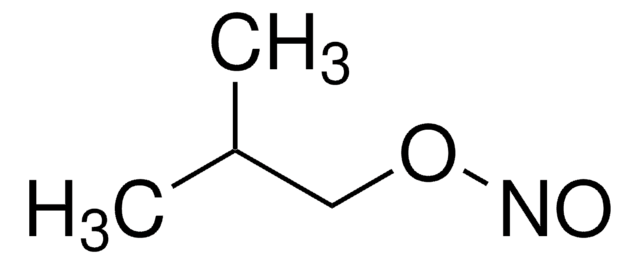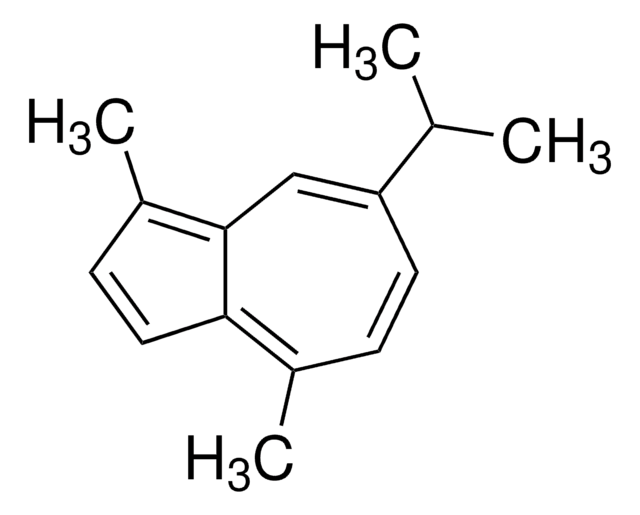A7475
Anthopleurin-A trifluoroacetate salt
>88% (HPLC)
Synonym(s):
AP-A trifluoroacetate salt, Anthopleura toxin A trifluoroacetate salt
Sign Into View Organizational & Contract Pricing
Select a Size
All Photos(1)
Select a Size
Change View
About This Item
Empirical Formula (Hill Notation):
C220H326N64O67S6 · xC2HF3O2
Molecular Weight:
5131.72 (free base basis)
MDL number:
UNSPSC Code:
12352202
NACRES:
NA.77
Recommended Products
Assay
>88% (HPLC)
form
solid
storage temp.
−20°C
Amino Acid Sequence
Gly-Val-Ser-Cys-Leu-Cys-Asp-Ser-Asp-Gly-Pro-Ser-Val-Arg-Gly-Asn-Thr-Leu-Ser-Gly-Thr-Leu-Trp-Leu-Tyr-Pro-Ser-Gly-Cys-Pro-Ser-Gly-Trp-His-Asn-Cys-Lys-Ala-His-Gly-Pro-Thr-Ile-Gly-Trp-Cys-Cys-Lys-Gln [Disulfide bridges: 4-46, 6-36, 29-47]
General description
Synthetic peptide toxin that was originally isolated from the sea anemone, Anthopleura xanthogrammica.
Synthetic peptide toxin.
Application
Anthopleurin-A is a toxin used to study the gating mechanisms of sodium channels. Anthopleurin-A slows the repolarization phase of nerve and muscle action potentials by inactivating the sodium channel.
Biochem/physiol Actions
Anthopleurin-A slows the repolarization phase of nerve and muscle action potentials by inactivating the sodium channel. Anthopleurin-A shows a preference towards cardiac channels over the neuronal sodium channels. It is a toxin used to study the gating mechanisms of sodium channels.
Shown to have inotropic effects and not chronotropic effects on mammalian heart preparations.
Other Notes
supplied as trifluoroacetate salt
Storage Class Code
11 - Combustible Solids
WGK
WGK 3
Flash Point(F)
Not applicable
Flash Point(C)
Not applicable
Personal Protective Equipment
dust mask type N95 (US), Eyeshields, Gloves
Choose from one of the most recent versions:
Already Own This Product?
Find documentation for the products that you have recently purchased in the Document Library.
Y Pichon
Journal of physiology, Paris, 89(4-6), 171-180 (1995-01-01)
The physiological function of the axon is to conduct short all-or-none action potentials from their site of initiation (usually the cell body) to the synapse. To ensure this function, both passive and active biophysical properties of the axons are tuned
W Shimizu et al.
Circulation, 96(6), 2038-2047 (1997-10-10)
This study examines the contribution of transmural heterogeneity of transmembrane activity to phenotypic T-wave patterns and the effects of pacing and of sodium channel block under conditions mimicking HERG and SCN5A defects linked to the congenital long-QT syndrome (LQTS). A
N el-Sherif et al.
Circulation research, 79(3), 474-492 (1996-09-01)
We have previously developed a canine in vivo model of the long QT syndrome (LQTS) using the neurotoxin anthopleurin A (AP-A), which acts by slowing sodium channel inactivation. The recent discovery of a genetic mutation in the cardiac sodium channel
Y Chung et al.
The American journal of physiology, 271(2 Pt 2), H687-H695 (1996-08-01)
Perfused rat heart experiments focused on determining the critical O2 level in postischemic myocardium. After a 20-min global ischemia, reperfusion began with O2-saturated saline buffer reflowing at different rates (0.5-12 ml/min). The 1H nuclear magnetic resonance (NMR) signal of the
Daisuke Izumi et al.
Heart rhythm, 9(5), 796-803 (2011-11-30)
Previous studies have showed that the interval between the peak and the end of the T wave (Tp-e) is a marker of transmural dispersion of ventricular repolarization. We studied the relationship between (a) the Tp-e on local pseudo transmural electrograms
Our team of scientists has experience in all areas of research including Life Science, Material Science, Chemical Synthesis, Chromatography, Analytical and many others.
Contact Technical Service








